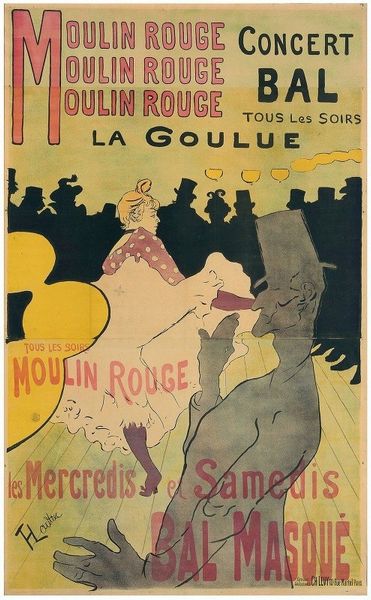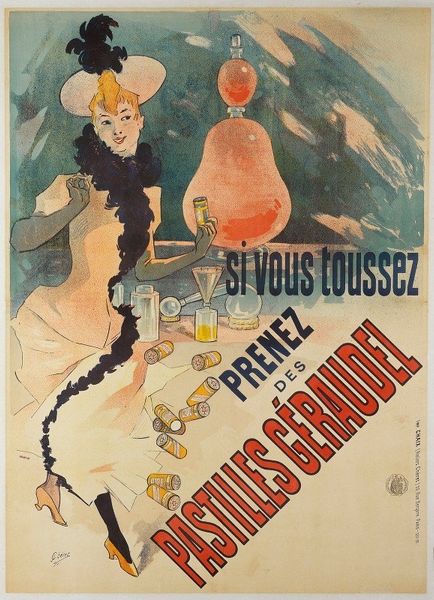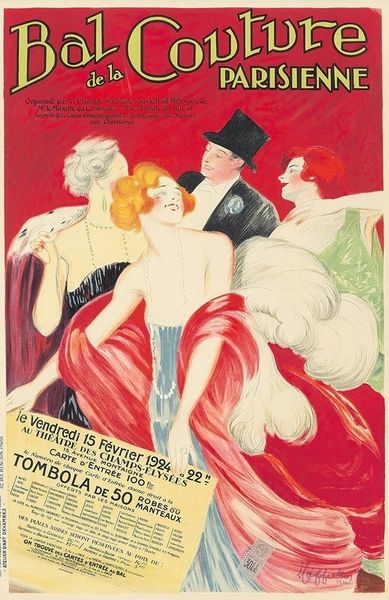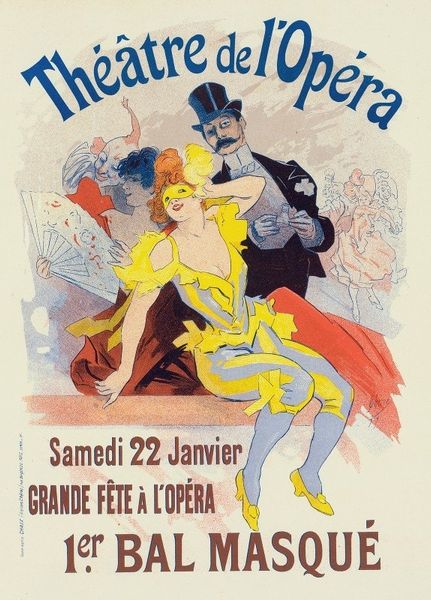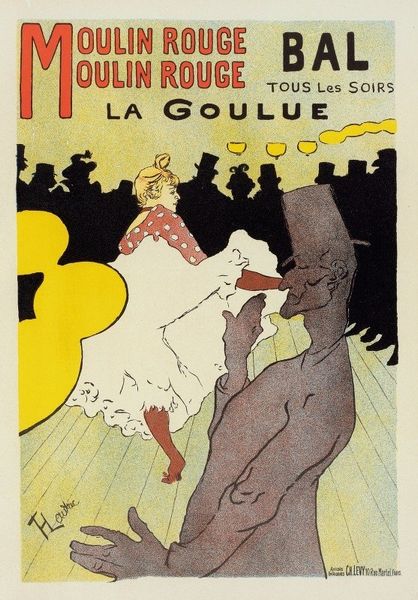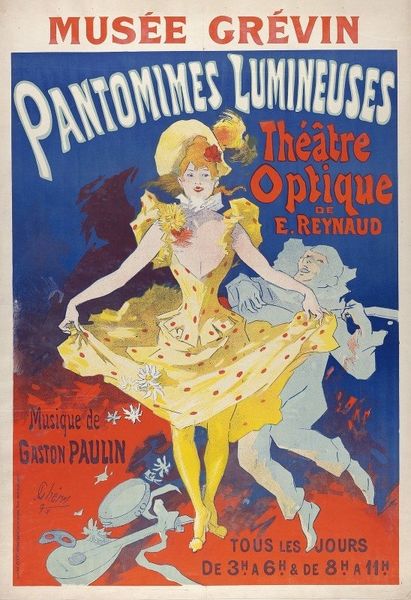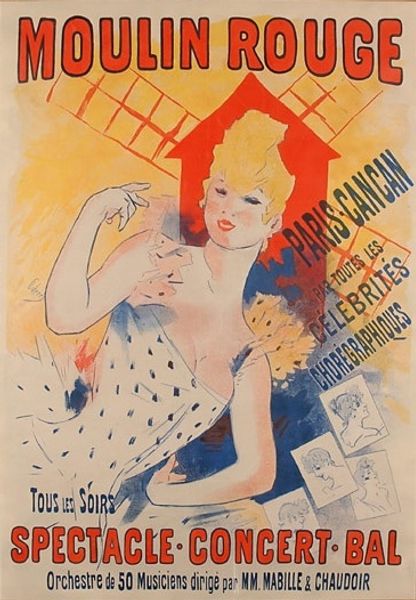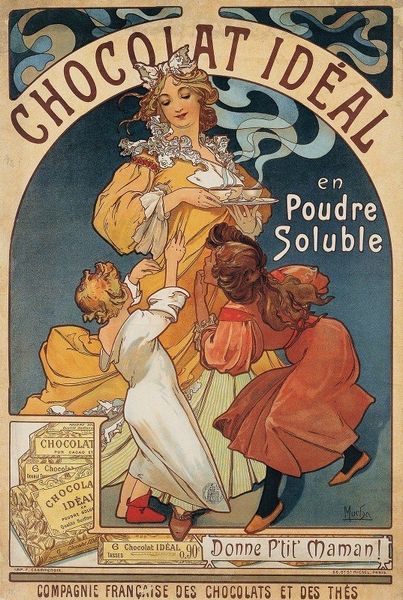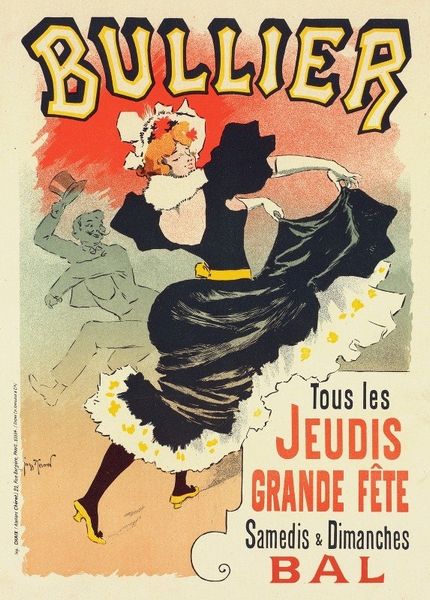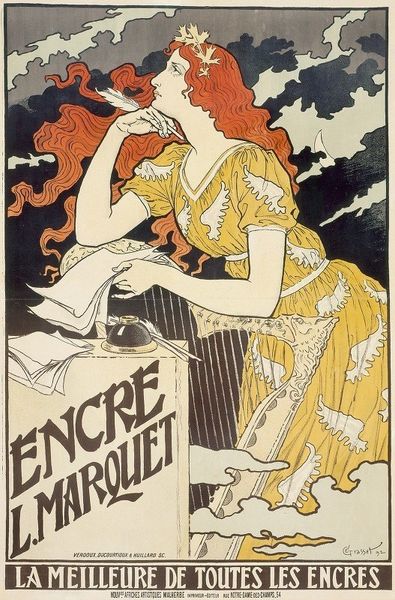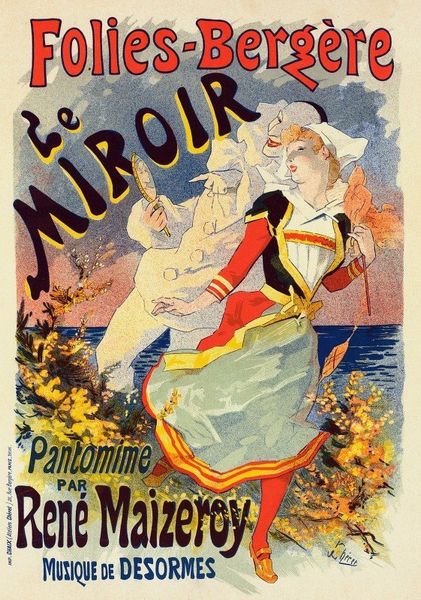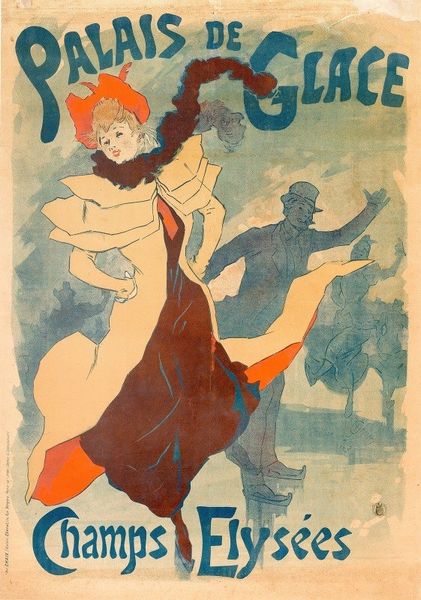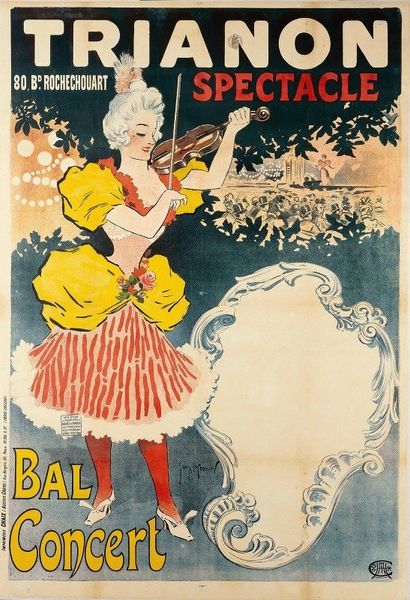
lithograph, poster
#
art-nouveau
#
lithograph
#
impressionism
#
figuration
#
cityscape
#
genre-painting
#
poster
Copyright: Public Domain: Artvee
Editor: This vibrant lithograph, “Bal au Moulin Rouge Place Blanche” by Jules Chéret, created around 1889, really pops! It has this wonderful frenetic energy, and the layers of figures give it such a sense of movement. What can you tell me about the material aspects and the production of this work? Curator: It’s precisely that energy, and its dissemination, that I find fascinating. As a poster, printed using the then-new technology of lithography, this image wasn't conceived as a unique artwork hanging in a gallery. Instead, it was made for mass production. Think about the laborers involved: the printers, the distributors, the people who pasted it on walls across Paris. Each poster then functioned as both advertising and ephemeral decoration. Editor: So, its purpose was different, aiming to generate revenue rather than solely for artistic expression. Did this affect Chéret’s artistic approach? Curator: Absolutely. He would have been acutely aware of his audience and his budget. The medium of lithography was suited for colorful and expressive poster design and production, leading to bold colors and simplified figures that grabbed attention, transforming the streets of Paris into a sort of accessible public gallery. Consider the conditions under which it was viewed – amidst the hustle and bustle, vying for attention with competing advertisements. It wasn't meant for prolonged contemplation in a hushed environment. Editor: That’s a helpful shift in perspective, thinking of it as more than ‘just art’ hanging in a gallery. Were there any considerations made about paper material that may not occur today? Curator: Precisely! Yes. We must also understand what kind of paper material was widely available. Because this lithograph was meant to advertise the Moulin Rouge in 1889, Chéret probably did not worry so much about the durability or pH of the poster paper material; instead, he worried about getting the patrons into the theatre! The rapid creation and disposability become factors shaping both the image and our interpretation. It makes me wonder, then, about waste materials generated in a short span of time as thousands are thrown away in just a few days? Editor: That makes me consider art differently. It’s not only what is represented but the making and selling. So, understanding the poster as a mass-produced object offers insight into how we think about Chéret’s goal of making it for Parisians during this time.
Comments
No comments
Be the first to comment and join the conversation on the ultimate creative platform.
